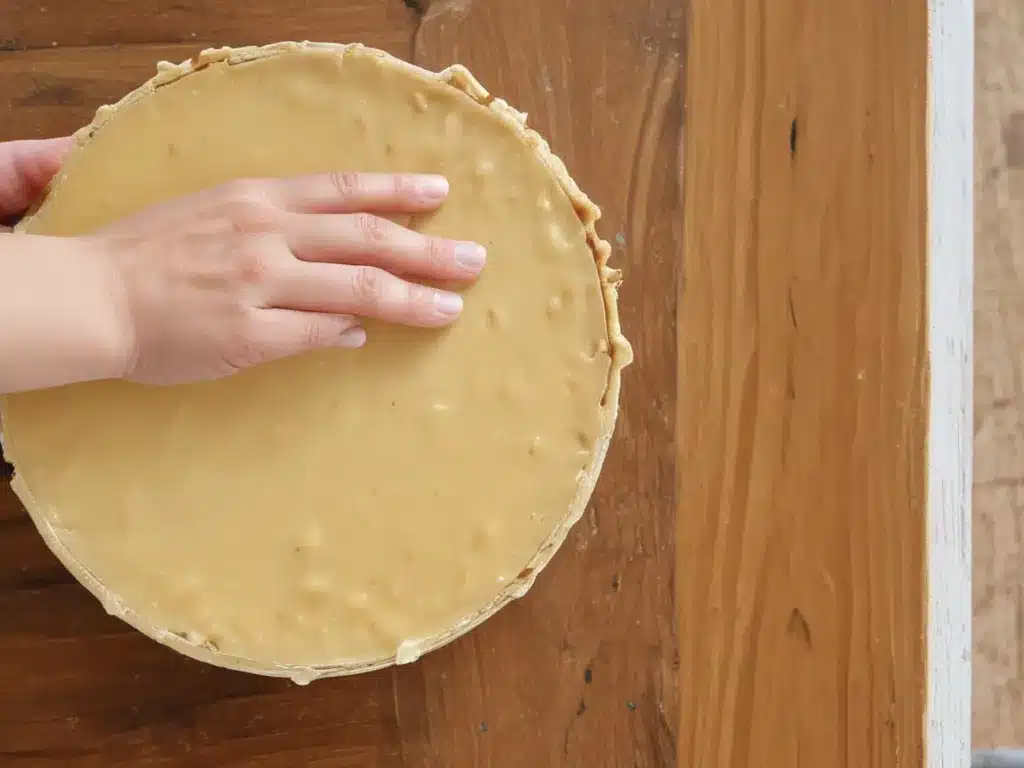Introduction
As someone who values natural and eco-friendly products, I often find myself searching for alternatives to commercial cleaners and polishes. One of my favorite DIY solutions is a homemade wood polish made with beeswax. This natural and versatile ingredient not only nourishes and protects wooden surfaces but also adds a beautiful, long-lasting shine. In this article, I’ll guide you through the process of creating your own beeswax wood polish, covering the ingredients, preparation, application, and benefits.
What is Beeswax?
Beeswax is a natural wax produced by honeybees within their hives. It is used for various purposes, including candle making, cosmetics, and wood finishing. Beeswax has several unique properties that make it an excellent choice for wood polishes:
- Protective Layer: Beeswax creates a protective barrier on wooden surfaces, shielding them from moisture, scratches, and everyday wear and tear.
- Nourishing Properties: Beeswax contains natural oils and nutrients that nourish and condition wood, helping to prevent drying and cracking.
- Longevity: A beeswax polish can last for several months, depending on the frequency of use and the amount of traffic on the polished surface.
Ingredients Needed
To create a natural wood polish with beeswax, you’ll need the following ingredients:
- Beeswax (pastilles or blocks)
- Mineral oil or olive oil
- Lemon essential oil (optional)
- Double boiler or a heat-safe bowl and saucepan
Preparation
Follow these steps to prepare your homemade beeswax wood polish:
- Measure the Ingredients: In a double boiler or a heat-safe bowl placed over a saucepan of simmering water, combine equal parts of beeswax and mineral oil or olive oil. For example, you can use 1/2 cup of beeswax and 1/2 cup of oil.
- Melt the Beeswax: Heat the mixture over low heat, stirring occasionally, until the beeswax is completely melted and combined with the oil.
- Add Essential Oil (Optional): If you prefer a light, refreshing scent, add a few drops of lemon essential oil to the mixture.
- Pour and Cool: Once the ingredients are well combined, carefully pour the liquid polish into a clean container or jar. Allow it to cool completely until it solidifies.
Application
With your homemade beeswax wood polish ready, it’s time to apply it to your wooden surfaces. Here’s how:
- Clean the Surface: Before applying the polish, ensure that the wooden surface is clean and free of dust or debris. Use a clean, dry cloth to wipe it down.
- Apply the Polish: Using a soft, lint-free cloth, scoop up a small amount of the solidified polish and rub it onto the wooden surface in a circular motion. Apply a thin, even layer.
- Buff the Surface: After applying the polish, use a clean, dry cloth to buff the surface in the direction of the wood grain. This step will help to remove any excess polish and create a smooth, glossy finish.
Benefits of Homemade Beeswax Wood Polish
Using a homemade beeswax wood polish offers several benefits:
- Natural and Eco-Friendly: Unlike commercial polishes that may contain harsh chemicals, a beeswax polish is made from natural, renewable ingredients, making it an environmentally friendly choice.
- Nourishing and Protective: The beeswax and oils in the polish nourish and protect the wood, helping to prevent drying, cracking, and damage from everyday use.
- Cost-Effective: Making your own wood polish is often more cost-effective than purchasing commercial products, especially if you make larger batches.
- Customizable: You can experiment with different types of oils or add essential oils to create a personalized scent for your polish.
Maintenance and Tips
To keep your wooden surfaces looking their best, consider the following maintenance tips:
- Regular Application: For high-traffic areas or heavily used wooden furniture, reapply the beeswax polish every few months to maintain the protective layer and shine.
- Dust and Clean Regularly: Dust and clean your polished surfaces regularly to remove any built-up grime or residue, which can dull the finish over time.
- Test on an Inconspicuous Area: Before applying the polish to a large surface or a valuable piece of furniture, test it on a small, inconspicuous area to ensure compatibility and desired results.
- Seek Professional Help for Antiques: If you have valuable antique or delicate wooden pieces, consult with a professional before using any homemade polish or cleaner.
Conclusion
Creating a natural wood polish with beeswax is a simple and rewarding DIY project that allows you to nourish and protect your wooden surfaces while embracing eco-friendly practices. With just a few basic ingredients and minimal effort, you can achieve a beautiful, long-lasting shine on your furniture, floors, and other wooden items. Give it a try and enjoy the satisfaction of using a homemade, natural product that not only cares for your belongings but also for the environment. For more eco-friendly cleaning tips and tricks, visit AdamCleaning.uk.







